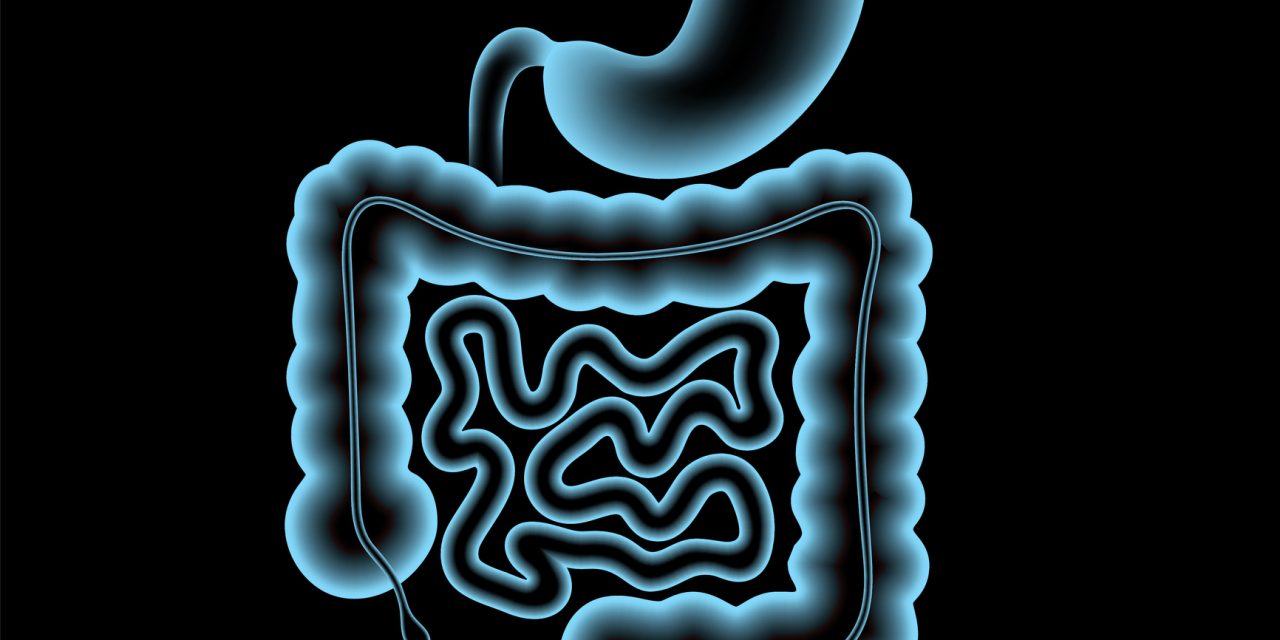In the diagnostics of neuroendocrine tumors (NETs), scintigraphy and Single Photon Emission Computed Tomography/Computed Tomography (SPECT/CT) with Indium-Octreotide occupy a prominent place.The introduction in clinical practice of Gallium-labelled somatostatin analogues (DOTA-TOC, DOTA-TATE, DOTA-NOC) for Positron Emission Tomography/Computed Tomography (PET/CT), significantly improved NETs diagnostics due to greater sensitivity and improved lesion detection in addition to better patient convenience and decreased radiation dose.
We report a case of a patient who was diagnosed with a neuroendocrine tumor of the ileocecal valve.
Diagnosis was made by ultrasonography, CT, and colonoscopy. Hystology after surgery was G2 NET of ileo-cecal valve. Restaging was carried out by In-Octreotide SPECT/CT and, 1 month later, by Ga-DOTATOC PET/CT. F-FDG PET/C was also carried out.
Ga-DOTATOC PET/CT showed larger disease that modified disease management from surgery to medical treatment.
After an initial improvement in the patient clinical condition, the tumor caused a worsening with the appearance of ascites.
Ga-DOTA-conjugate PET/CT is appropriate in low and intermediate NET (Ki67 index respectively ≤3% and 3%-20%) characterized by better survival and better response after Peptide Receptor Radionuclide Therapy.F-FDG is mostly useful in high grade (G3) of disease, so that Ga-DOTA-conjugate SUV and F-FDG SUV have an opposite trend in relation to the tumor grade. Ga-DOTATOC PET/CT changes, as in our case, therapeutic management in about 40% of cases.
Impact of 68Ga-DOTATOC PET/CT in comparison to 111In-Octreotide SPECT/CT in management of neuro-endocrine tumors: A case report.


